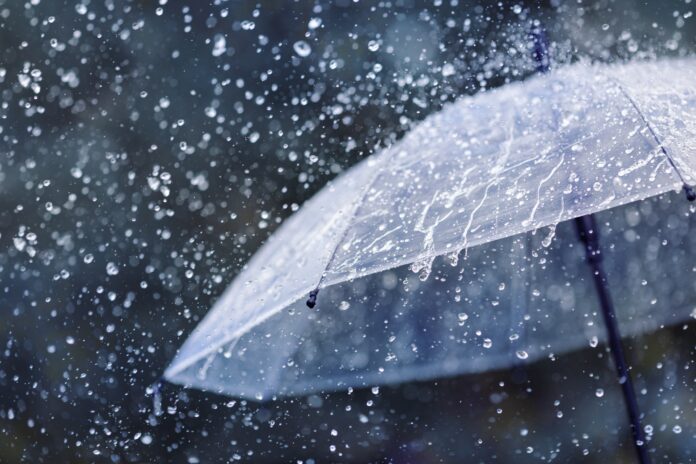Queensland is staring down another week of storms, with parts of the state’s coast predicted to cop a battering of heavy rain that could flood already drenched towns.
A deepening coastal trough is forming off the central coast of the Sunshine State with rain setting in last night and worsening through to Thursday.
Some models are predicting a low-pressure system could also form, increasing the risk of heavy rain and flooding to sodden coastal towns.
On the Sunshine Coast from 9am Tuesday to 6am Wednesday, Doonan Creek and Eumundi had received the highest totals, with 78mm and 74mm respectively. Yandina Creek had also received 71mm.
Elsewhere over the same period, Tewantin had 31mm, Sunshine Coast Airport 34mm, Nambour 21mm and Caloundra (Sugar Bag Road) had 36mm.
More than 200mm of rain is predicted to hit between Mackay and Rockhampton this week while inland towns around Roma will see more than 100mm.
Want more free local news? Follow Sunshine Coast News on Facebook, LinkedIn and Instagram, and sign up for our FREE daily news email.
“There is potential for heavy rain and flooding in the state’s central coastal districts around Thursday,” Weatherzone’s Ben Domensino said.
The Bureau of Meteorology says there will be widespread rain and sporadic “hit and miss” thunderstorms as a rain band extends from the southeast through to the Gulf Country.
“Storms may be severe, with heavy rainfall about the Central Highlands extending into the Darling Downs Granite Belt, and also about the Maranoa and south east coast,” meteorologist Sarah Scully said.
People in those areas are being urged to heed warnings after weeks of wet weather that’s already left the ground saturated.
North-eastern NSW will also experience widespread showers and isolated thunderstorms with potentially heavy rainfall.
The high-risk weather season in Queensland has begun with regular storms hitting the southeast.
One storm last Wednesday drenched Brisbane in more than 50mm of rain in an hour.
The high-risk season also brings the potential for cyclones to form from December with the bureau forecasting at least one will make landfall with the state’s coastline.





